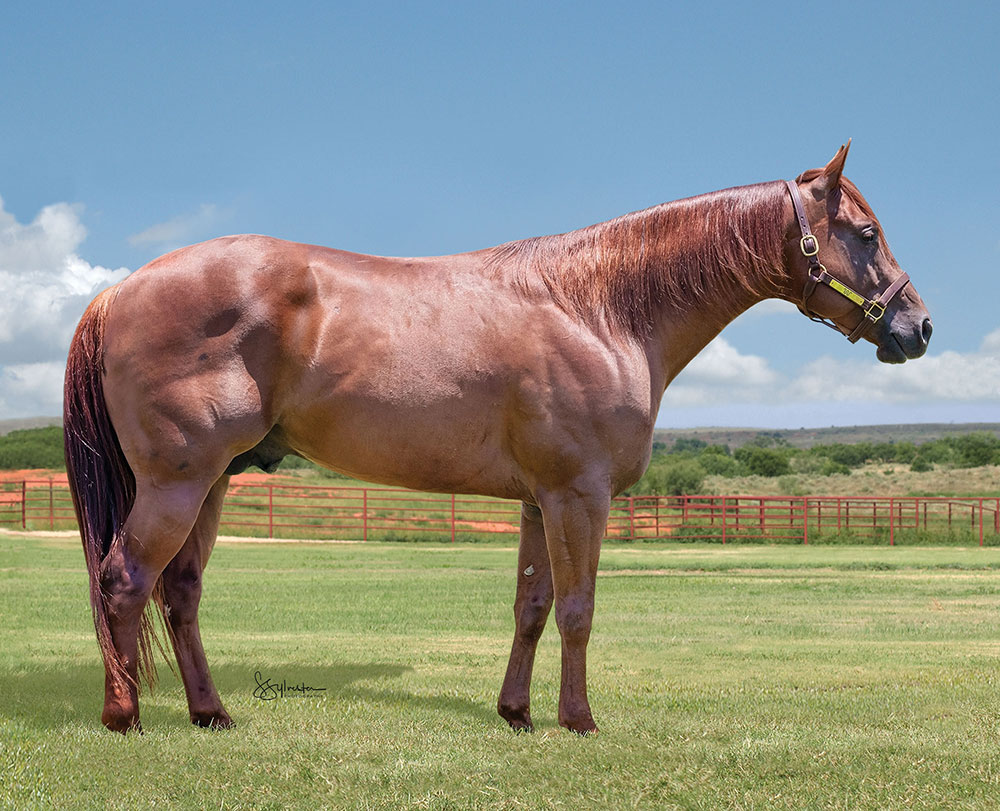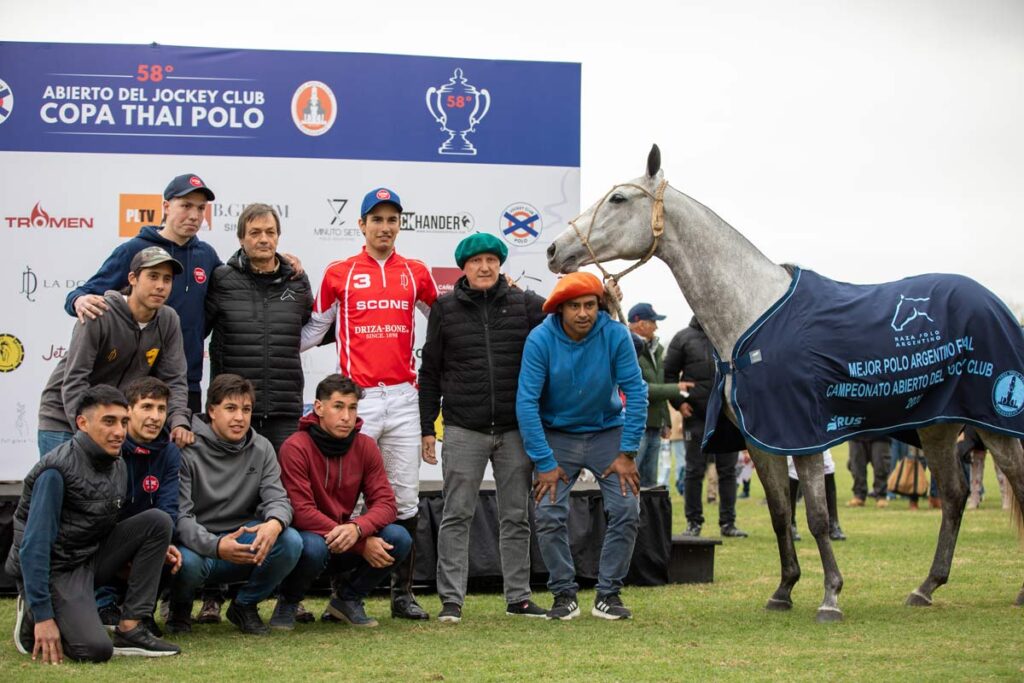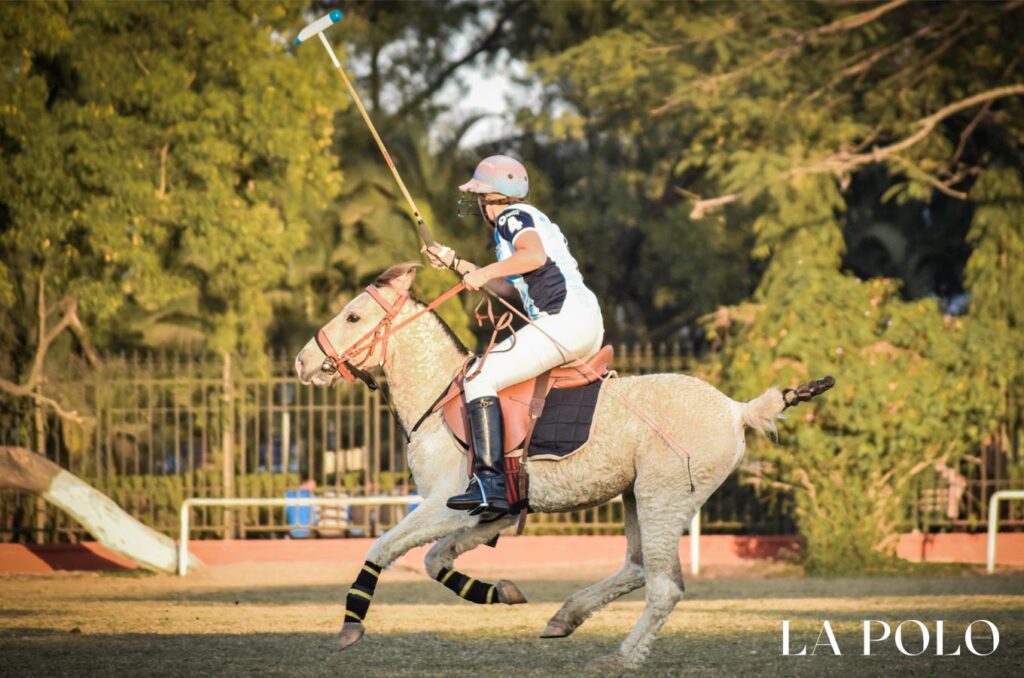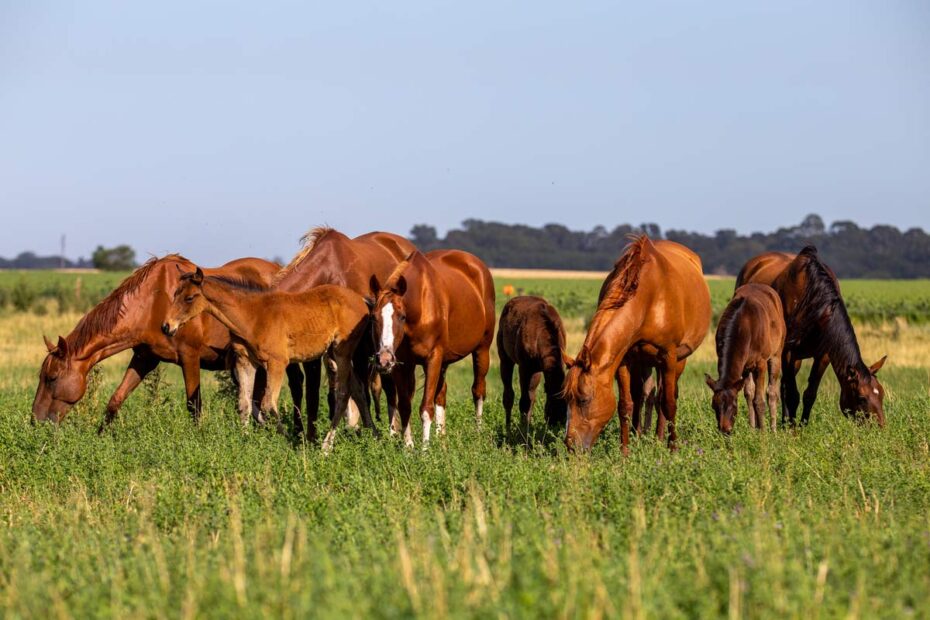If you blink during a polo match, you will likely miss one amazing shot or another, a breathtakingly fancy hat, or even a tie breaking goal. Polo is a spectacle of a sport; having been compared to hockey on horseback, the world’s most difficult game of golf, and the most dangerous sport on four legs. But, with all the attention-grabbing factors of polo, many spectators fail to see the years of breeding, training, and care evident in the polo ponies that are the heart and soul of this sport. Across the centuries of the sport’s history, the main four breeds who have proven to excel in every demanding aspect of the game are the Thoroughbred, Quarter Horse, Argentine Polo Pony, and the Manipuri Pony.
Thoroughbred

The first Thoroughbred race horse came from the desire to breed faster race horses. Between the late 17th and early 18th century, Arabian horses were brought to England to breed with the heavy, British work horses already being used in races. The offspring of the mix were lighter, faster, and more agile, meaning a better race horse. Today, the Thoroughbred breed is used in a variety of different disciplines such as racing, dressage, jumping, and of course, polo. The Thoroughbred is an overall incredible athlete, but what makes them perfect for polo is their speed and stamina. Polo is a game that requires both quick sprints to race against opponents and marathon level stamina to play in multiple, intense chukkers. The Thoroughbred, with their naturally long legs, lean frames, and years of history in racing, make the perfect polo ponies.
Quarter Horse

The American Quarter Horse is one of the oldest recognized breeds in the United States. Similar to the Thoroughbred, which they are often cross-bred with, the Quarter Horse was a result of the breeding of English horses and the native Spanish horses of the colonies. This breed has a distinctive stocky, muscle-bound look combined with a broad chest making them the perfect horses for western riding as the heavy, muscular hind legs associated with the breed help Quarter Horses drop low into that signature western sliding stop, while remaining balanced and upright through their wide chests. However, these skills also transfer to polo, which requires the ponies to stop on a dime and be able to pick up an immediate sprint, similar to the moves seen in barrel racing. Quarter Horses are an incredible all around breed, and another amazing addition to the world of polo.
Argentinian Polo Ponies

Named for its country of origin, the Argentinian Polo Pony is a cross between the Thoroughbred and the Criollo, a South American breed from the grasslands between Argentina, Brazil, and Uruguay. The Criollo is well-known for its sturdiness as a farming horse, but also its endurance. These factors, when combined with the natural speed and agility of the Thoroughbred, results in one of the best polo pony breeds used in the sport today. Argentinian Polo Ponies, similar to the combination of a Quarter Horse and Thoroughbred not only have the muscular stopping power required for fast stops, hard turns, and quick sprints, but also the endurance and lean frames to run at top speeds for the long periods of play required for polo matches. The Argentinian Polo Ponies excel in every facet of the game, and continue to be a top contender on the field.
Manipuri Ponies, the “Original Polo Pony”

The Manipuri Pony is one of the oldest horse breeds in India. Although it is not the oldest breed in the world, writings about the breed date back to 1584, where they are recognized for their courage and strength as war horses among cavalry units. Despite being used historically for battle, the Manipuri Pony is typically a smaller breed, between 11 and 13 hands high (about 3 to 4 feet from the ground to the withers). Widely considered to be the first polo pony, or the original polo pony, the Manipuri Pony is now very difficult to find in the polo world due to over breeding. However, those still seen on the field stand out not only for their small size, but their agility, stamina, and defensive skills, which can be traced back to their history in battle.
Written in collaboration with Lily Brennan
